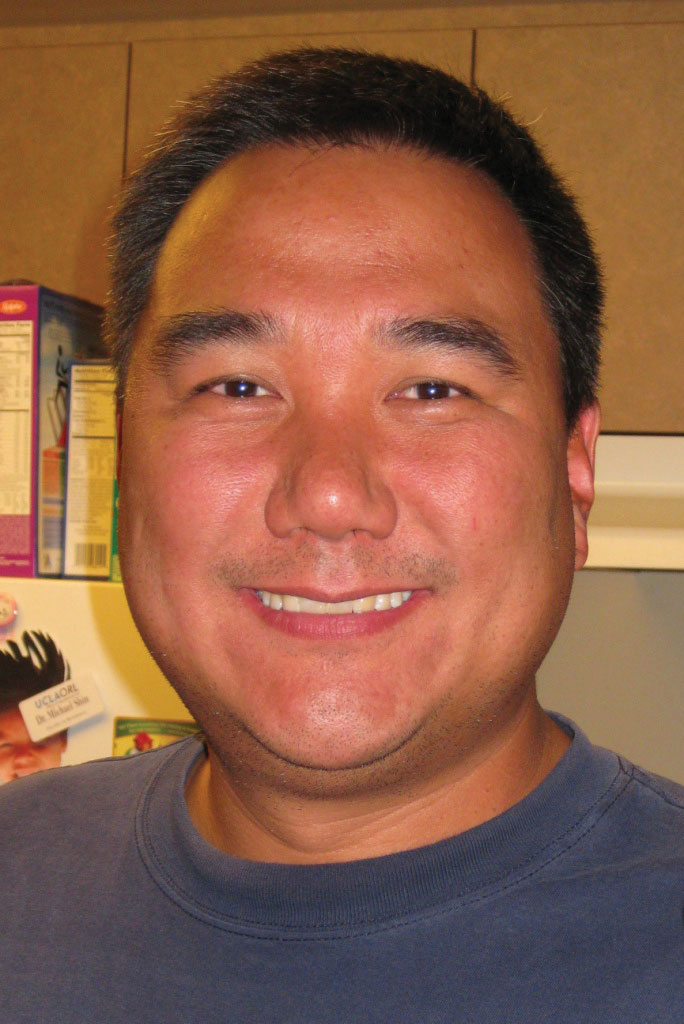About the Authors
Jonathan E. Campbell

Recently an adjunct professor of GIS and physical geography courses at the University of California, Los Angeles (UCLA) and Santa Monica College, Dr. Jonathan E. Campbell is a GIS analyst and biologist based in the Los Angeles office of ENVIRON. ENVIRON is an international environmental and health sciences consultancy that works with its clients to manage their most challenging environmental, health, and safety issues and attain their sustainability goals. Dr. Campbell has twelve years of experience in the application of GIS and biological services in conjunction with the implementation of environmental policies and compliance with local, state, and federal regulations. He has extensive experience collecting, mapping, and analyzing geospatial data on projects throughout the United States. He holds a PhD in geography from UCLA, an MS in plant biology from Southern Illinois University—Carbondale and a BS in environmental biology from Taylor University.
Michael Shin

Michael Shin is an associate professor of geography at UCLA. He is also the director of UCLA’s professional certificate program in Geospatial Information Systems and Technology (GIST) and cochair of the Spatial Demography Group at the California Center for Population Research (CCPR). Michael earned his PhD in geography from the University of Colorado at Boulder (CU) and also holds an MA in geography and a BA in international affairs from CU as well. Michael teaches Introduction to Geographic Information Systems, Intermediate GIS, Advanced GIS, and related courses in digital cartography, spatial analysis, and geographic data visualization and analysis. He was also recently nominated to receive UCLA’s Copenhaver Award, which recognizes faculty for their innovative use of technology in the classroom. Much of Michael’s teaching materials draw directly from his research interests that span a range of topics from globalization and democracy to the social impacts of geospatial technology. He has also worked with the Food and Agricultural Organization of the United Nations and USAID to explore and examine food insecurity around the world with GIS.



